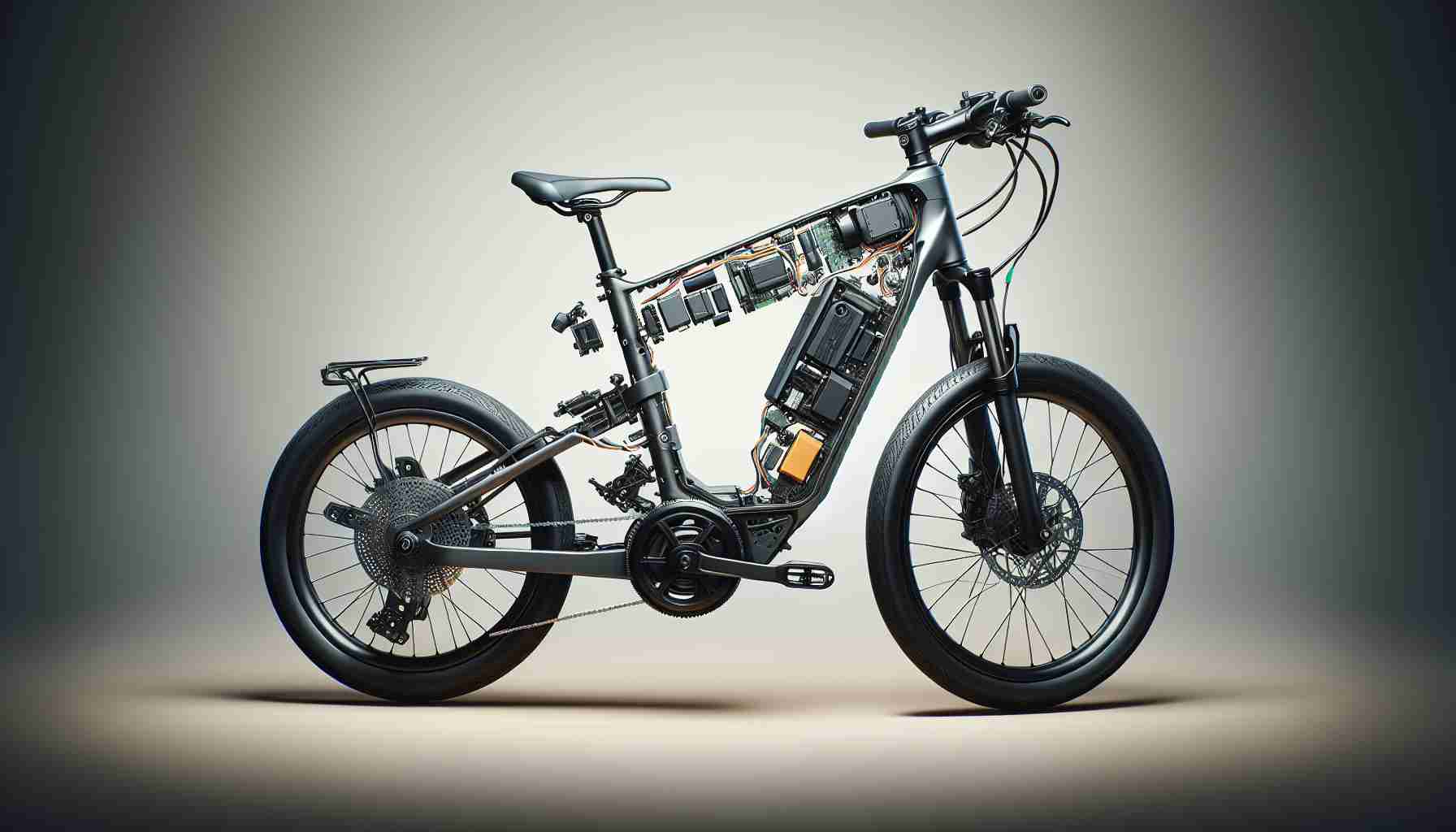Innovative Electric Bike Redefines Simplicity
In a groundbreaking venture, maker Tom Stanton has constructed an electric bike that defies conventional norms by forgoing traditional electronic components. Instead of incorporating the usual integrated circuits and sophisticated electronics, Stanton opted for a purely mechanical system powered by a unique motor design.
Curious about the feasibility of an electric bike devoid of electronics, Stanton embarked on this ambitious project. The challenge arose when he discovered that typical brushless DC motors necessitate electronic speed controllers, which contradicted his vision. To overcome this hurdle, he created a custom 3D-printed reed-switch motor. Initially tested on a toy car, this innovative motor was scaled up for full-sized bike application.
Stanton designed a larger reed switch, featuring two metal strips that activate power to the motor when a magnet passes by. Additionally, he integrated a Halbach array to enhance the motor’s performance, utilizing tungsten rods to prevent wear.
The motor is cleverly mounted on a standard tubular bike frame, connected via a 3D-printed sprocket and toothed belt. Control over the motor’s output is managed through a handlebar interface, which includes a regenerative mode that recharges the battery as the bike operates. Battery levels are displayed using an analog voltmeter.
This unique project has been thoroughly documented, showcasing a blend of creativity and mechanical ingenuity, inviting viewers to witness the future of electric biking without electronics.
Revolutionizing Electric Mobility: A Mechanical Electric Bike Without Electronics
Innovative Electric Bike Redefines Simplicity
In an exciting development in the world of sustainable transportation, a groundbreaking electric bike created by Tom Stanton showcases an astonishing departure from traditional design: it operates entirely without conventional electronic components. This unique approach raises questions about the future of electric mobility and highlights the potential of innovative mechanics in biking technology.
Unique Design Features
Stanton’s electric bike features a custom 3D-printed reed-switch motor, which avoids the need for the usual electronic speed controllers associated with brushless DC motors. This innovative motor design utilizes a larger reed switch mechanism made of two metal strips that activate power when a magnet is in motion. This is a striking shift in design philosophy that reimagines how electric bikes can function, focusing purely on mechanical rather than electronic systems.
To further enhance performance, Stanton integrated a Halbach array into the motor design, utilizing tungsten rods for durability and reduced wear. Such an innovative implementation highlights the potential for longer-lasting components in electric bike can contribute to more sustainable engineering practices.
Efficiency and Control
Control over the bike’s motor output is managed through a user-friendly handlebar interface. One remarkable feature of this bike is its regenerative mode, allowing the motor to recharge the battery while riding — a clever method to improve energy efficiency and extend rides without the need for external charging.
Readers may find the analog voltmeter display an interesting choice, presenting battery levels in a straightforward manner, emphasizing simplicity over complexity in the user experience.
Use Cases and Market Insights
This innovative electric bike could have far-reaching implications for various use cases, particularly in urban environments where lightweight and efficient transportation is essential. Its simplicity and mechanical design may appeal to cycling enthusiasts looking for an eco-friendly alternative to traditional electric bikes with heavy electronic components.
As the market for electric bicycles grows, Stanton’s design could serve as a catalyst for wider acceptance of non-traditional electric bike designs. Additionally, it emphasizes a growing trend towards remedial sustainability in transportation technology, focusing on reducing electronic waste and promoting longer-lasting products.
Pros and Cons
Pros:
– Mechanical simplicity reduces potential failure points.
– Regenerative braking contributes to extended battery life.
– Unique design sets a new standard for future electric bikes.
Cons:
– Lack of advanced electronics might limit speed and functionality compared to traditional e-bikes.
– Initial product scaling and testing could pose manufacturing challenges.
Future Trends and Predictions
The innovative design of Stanton’s bike represents a potential shift in consumer preference towards simpler, more mechanically oriented electric vehicles. As concerns about sustainability and environmental impacts grow, inventions like this may herald a new era of electric transportation that favors mechanical ingenuity over complex electronics.
To explore more about the future of electric biking and sustainable transportation innovations, you can consult additional resources at this link.
